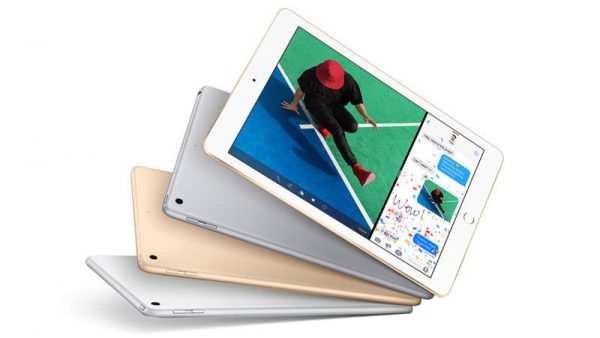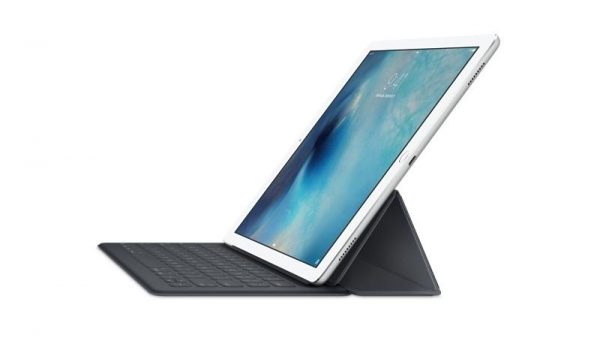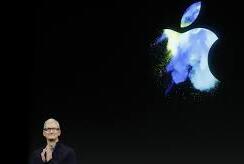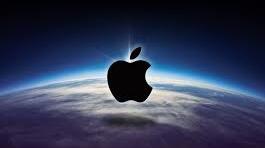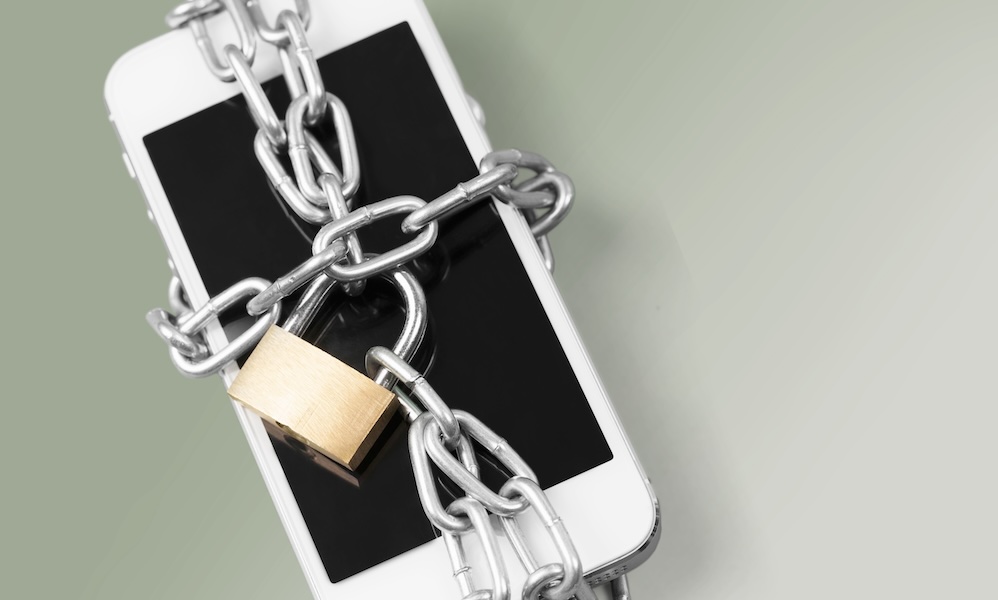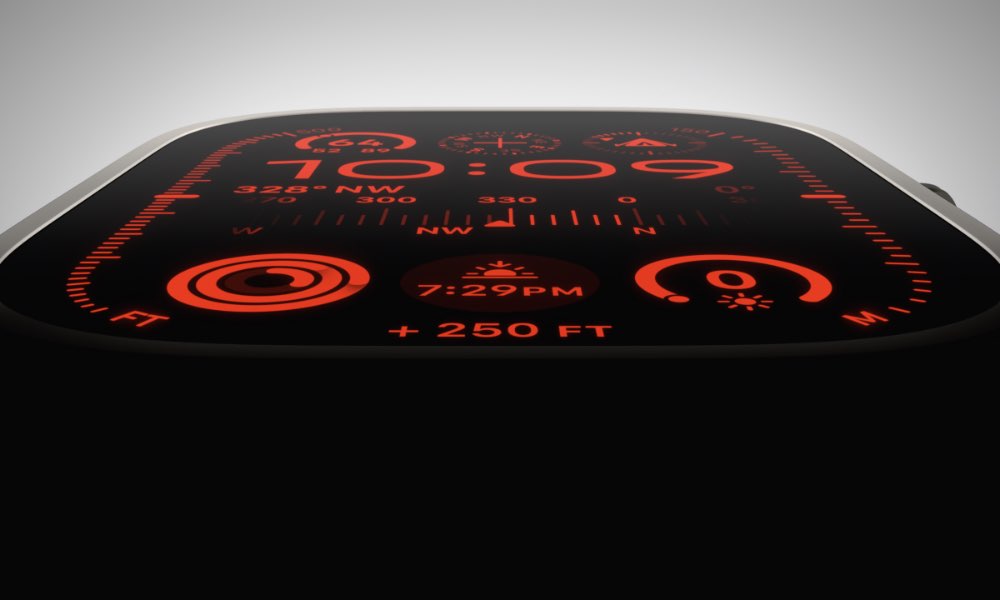Apple has finally laid to rest the last of its 16GB iPhones and it reminded us of this article we wrote some time ago. So in celebration of the fact that Apple is no longer doing such a disservice to the iPhone community by hobbling its userswith 16GB versions of iPhones (or iPads) we decided to republish this article.
This weekend I was installing iOS 8 for my dad via iTunes on his Mac. He, like many others, hasn’t installed the iOS update because he didn’t want to delete 5.6GB of content from his 16GB iPad. I knew that the solution was to install via iTunes as that’s exactly what I had to do – also having a 16GB iPhone. (If you want to pull the same trick, read: How to install iOS without deleting anything.)
I’ve also written in the past about how 16GB is manageable thanks to iCloud storage and the fact that you don’t have to carry everything on your phone all the time; and how to pare down what’s on on your phone so you can manage with that capacity. (For that one, turn to How to make more space on your iPhone or iPad.)
But there is a major problem with 16GB, and it became apparent when iOS 8 launched: if you want to install iOS 8, you need more disk space available than anyone would logically have spare if they have a 16GB device. And don’t even get me started on the situation facing people with 8GB iPhones.
Without a doubt, this space requirement is the reason why uptake has been much slower for iOS 8 this time round. That and the fact that many have never even plugged their iPad or iPhone into their Mac or PC because, in the past, Apple always made it so easy to update over the air – they don’t even realise there is another way.
Even if you have a 16GB iPhone you won’t have 16GB available for all your music, photos and apps. As you can see from this article, The true storage capacity of an iPad or iPhone, a 16GB iPhone or iPad gives you around 12.2GB to play with. That’s equivalent to around 3,050 songs, or 15.3 hours of video, or eight Hollywood movies, or 407 apps/games, or a combination of those. Essentially you will have to delete half your content in order to make space for the iOS 8 download.
If Apple is going to continue to launch software that needs 5.8GB spare to be installed then the company needs to make 32GB the entry-level iPhone and iPad. We asked Apple why it removed the 32GB from the line-up for the new iPhone and iPad models, and were told that 16GB was the most popular size, as if that was a justification. But it’s not the 16GB people are opting for – it’s the price tag.
People will always flock to the cheapest option. But it isn’t just the people who are strapped for cash who end up with 16GB iPhones and iPads. This is the phone business users are lumbered with because when their company gets them an iPhone they pay the least amount possible. If you are buying phones for a large number of staff, it makes sense to save £100 per handset – a saving of £1,000 for ten people. This is all very well until IT has to cope with installation problems. And then what happens next time? Expect companies to switch to cheaper Android phones with removable storage.
Apple has made a mistake in keeping on the 16GB version – and even more of a mistake with the 8GB iPhone 5c. In its greed to get people to spend a little bit more to get the midrange version, Apple has handicapped what it says is the most popular price point. I can understand why (to encourage people to pay a little more to get a whole lot more storage), and I can see that Apple justifies it by saying people get more storage for less than before (which is true – users now get 64GB where once they would have got 32GB). But this last iOS 8 update shows that 16GB is not enough, and Apple really needs to address this by discontinuing that model of the iPad and iPhone.





